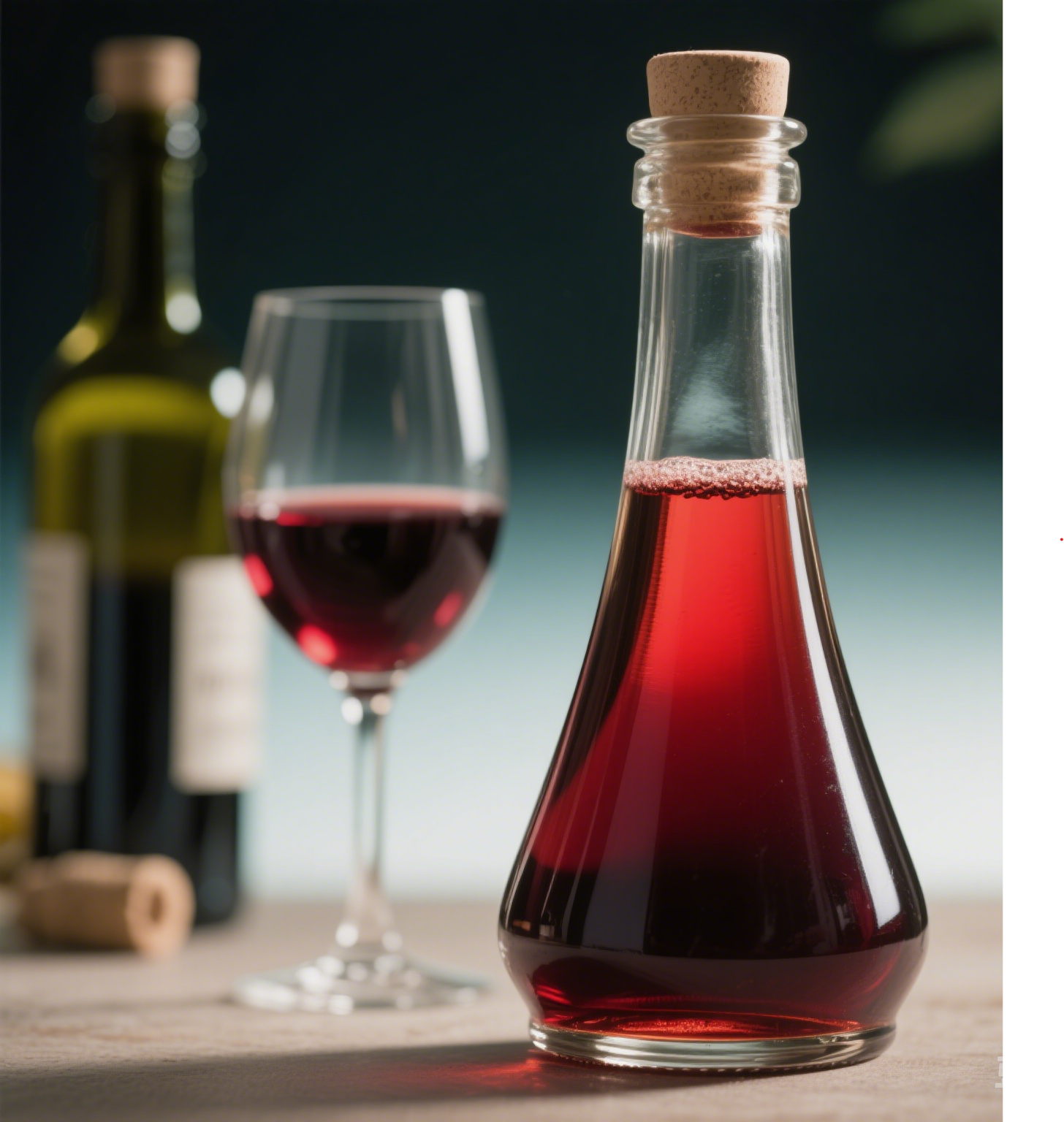Physical Address
304 North Cardinal St.
Dorchester Center, MA 02124
Physical Address
304 North Cardinal St.
Dorchester Center, MA 02124
A Home Chef’s Ultimate Guide
Red wine vinegar, a tangy staple in Mediterranean and French kitchens, is one of the most versatile ingredients for elevating everyday meals. But what is red wine vinegar used for in cooking beyond salad dressings? From tenderizing meats to balancing rich sauces, this fermented gem adds acidity, depth, and complexity to dishes. In this guide, we’ll explore its culinary roles, health perks, and pro tips for home cooks to master this pantry essential.

Red wine vinegar is made by fermenting red wine into acetic acid, resulting in a sharp, fruity flavor with 5–7% acidity. Unlike balsamic vinegar, it’s lighter and less sweet, making it ideal for brightening dishes without overpowering them. Quality varieties are aged in oak barrels, which adds subtle woody notes.
Key Takeaway: Its bold acidity and versatility make red wine vinegar a must-have for savory recipes, marinades, and even surprising uses like desserts.
The acetic acid in red wine vinegar breaks down proteins, tenderizing cheaper cuts like beef chuck or chicken thighs.
Red wine vinegar’s acidity cuts through rich greens and cheeses.
After searing meats, deglaze the pan with red wine vinegar to lift browned bits (fond) and create rich pan sauces.
Quick-pickling with red wine vinegar adds tang to sandwiches and charcuterie boards.
A dash of red wine vinegar can cut through the richness of bean stews, lentil soups, or chili.
A few drops can brighten fruit-based desserts. Pair with strawberries, figs, or dark chocolate.
While what red wine vinegar is used for in cooking focuses on flavor, it also offers subtle health perks:
Note: Always use in moderation—its acidity can irritate sensitive stomachs.
Chef’s Rule: Reserve red wine vinegar for dishes where its boldness complements ingredients like garlic, rosemary, or tomatoes.
Q: Can I use red wine vinegar instead of red wine in recipes?
A: Yes! Substitute 1 tbsp vinegar + 3 tbsp broth for ¼ cup wine in sauces, but avoid in desserts.
Q: How long does red wine vinegar last?
A: Indefinitely in a cool, dark place. Quality improves with age, but flavor may mellow after 5 years.
Q: Is it gluten-free and vegan?
A: Naturally yes—ideal for dietary restrictions.
Q: What’s the best brand for cooking?
A: Affordable options like Colavita work for daily use; splurge on aged O Olive Oil or Katz for dressings.
Budget-Friendly Hack: Use leftover vinegar to clean kitchen surfaces—it’s a natural disinfectant!
So, what is red wine vinegar used for in cooking? It’s a flavor powerhouse that tenderizes, brightens, and balances dishes from salads to stews. Its acidity enhances umami-rich ingredients while adding minimal calories, making it a smart tool for health-conscious home chefs. Keep a bottle handy to transform simple meals into restaurant-worthy creations. Experiment with pickling, deglazing, or even dessert drizzles—this humble vinegar might just become your secret ingredient.